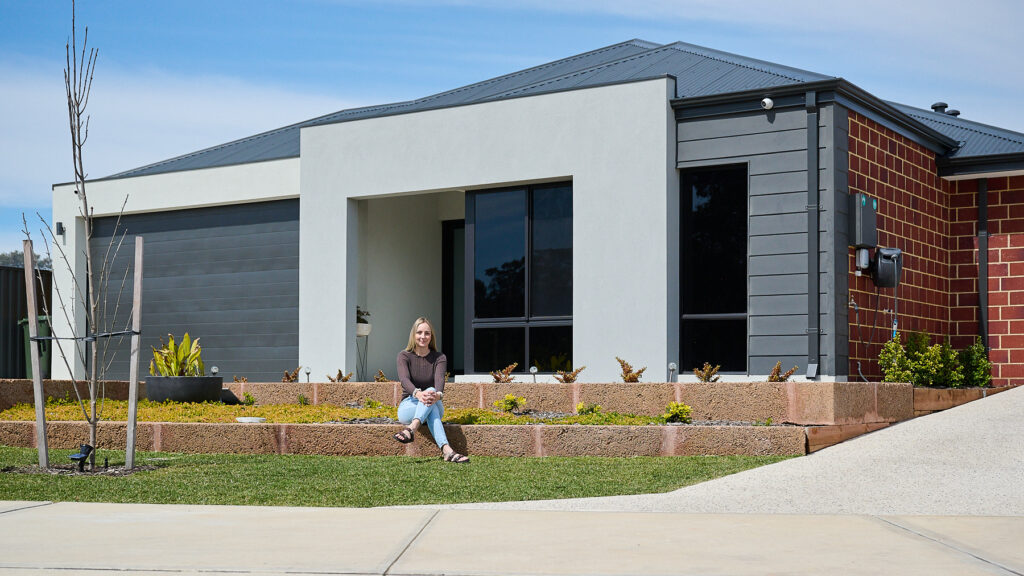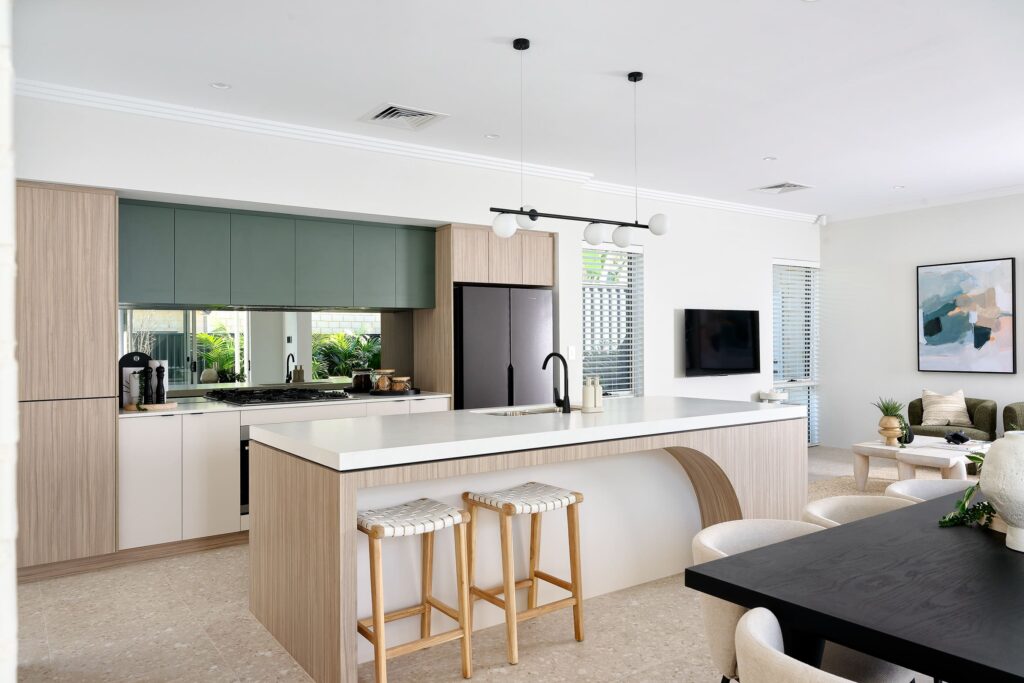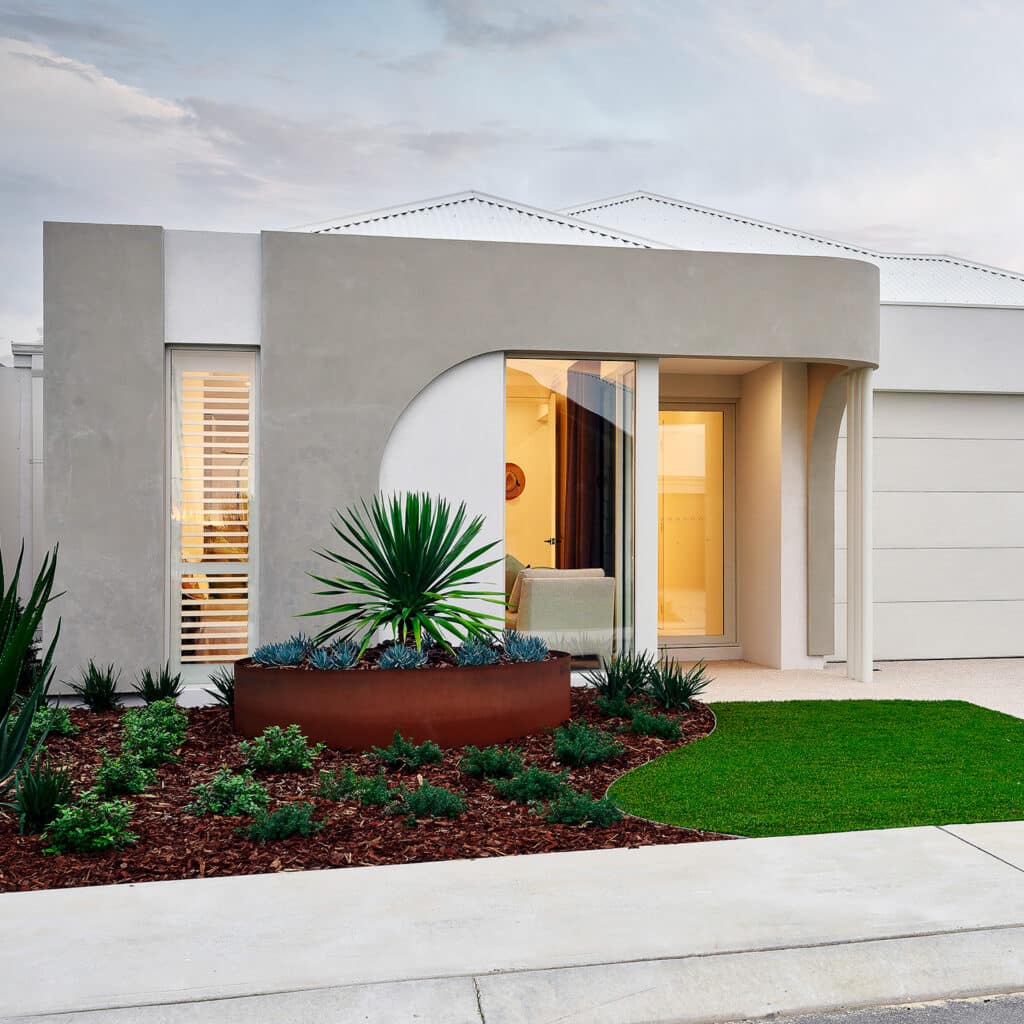When you’re planning to build a house, you have a lot of choices to make. But one of the first choices you make is which block of land you should build on. Every block of land is different and has an effect on the process of building your home. Depending on your personal preferences, one block of land may suit you much more than another. Some of the key factors to take into account include size, location, shape, slope, orientation, site works requirements and more. Read on to learn everything you need to know about different blocks of land, so you can choose the perfect one for your home.
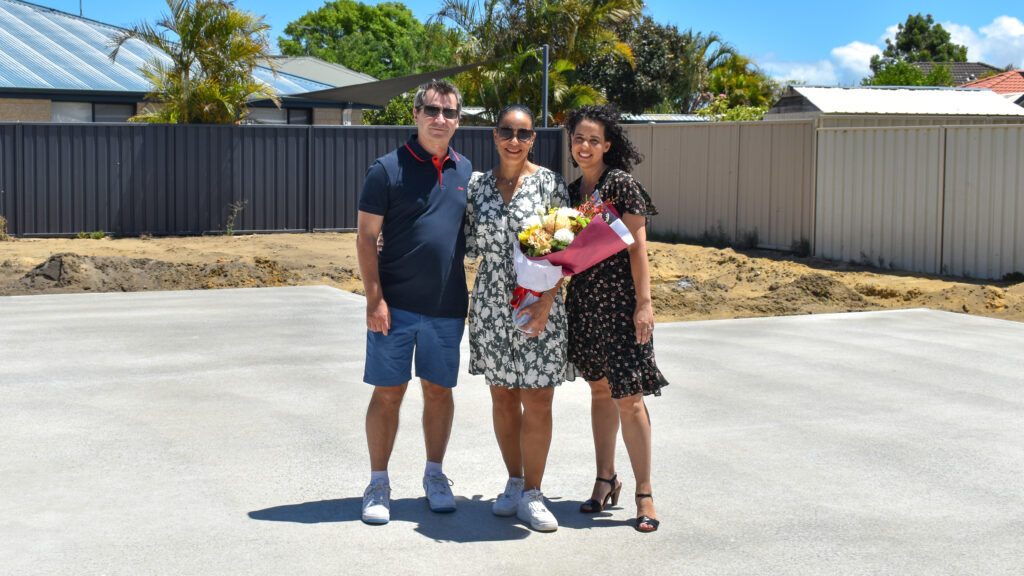
Size
The size of the block you build on is going to have a monumental effect on your home design and building process. Effectively, it lets you see how much space you have to work with for your floor plan. This will determine how you arrange your rooms, how many rooms you include, and which features you’re able to include. While a larger block of land gives you more freedom and flexibility, a smaller block of land will generally be more affordable. It’s important to figure out your budget and your design priorities so that you’re able to identify when a block of land is too large or too small for you.
Location
The actual location of your block will also be an important factor. It will determine how close you are to important amenities such as schools, public transit, shops, and hospitals. Additionally, location will determine the environmental risks you face for things like bushfires or floods. In addition to being a risk factor, it also has the potential to raise insurance costs for your home build.
Shape
Blocks of land often have different shapes, causing you to adapt your design plans accordingly. Generally, the easiest shape to work with is a rectangular block of land. This provides you with the most versatile base for a home design, as it can adapt to most of your ideas. However, an irregularly shaped block can also be a great choice. While it may require some more creative thinking, it still presents excellent opportunities for custom home designs.
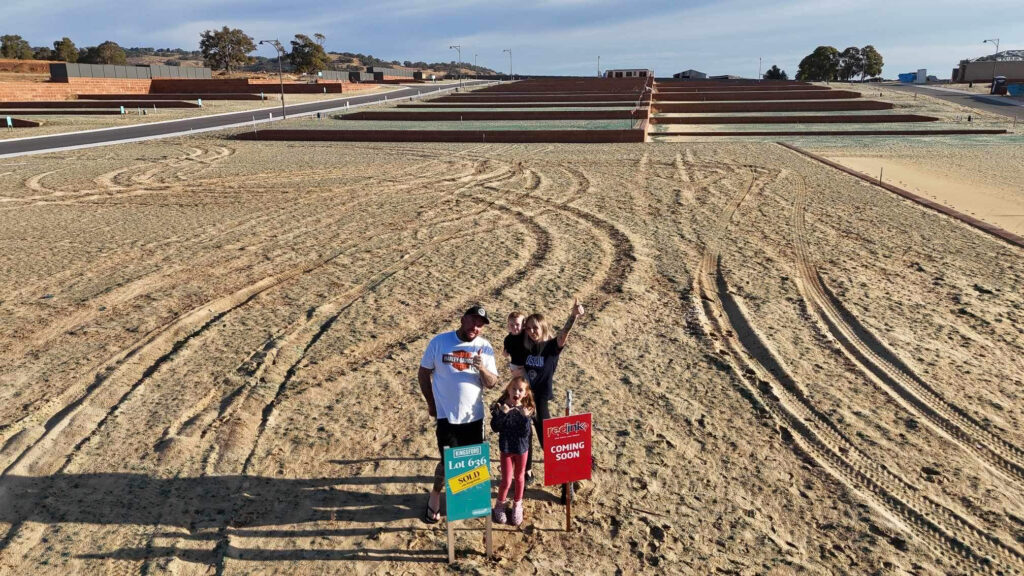
Orientation
Orientation refers to the direction which your block of land is facing, and it’s more important than many people realise. It will determine how much sunlight your home receives throughout the year, impacting the amount of passive heating in your home. Similarly, it may impact airflow and how easily your home is able to cool down. When you choose a block of land with a good orientation, it helps to lower your energy consumption and, consequently, your energy bills. So if you’re looking to get the sunlight and airflow for your home, pick a block that faces northwards.
Slope
The slope of the land you’re building on may look aesthetically pleasing, but it may also limit your home design choices. When you’re trying to compensate for a significant incline, you don’t have the same freedom to choose a floorplan. You need to ensure that the foundations of your home are solid and safe, which is a more involved process when land is sloped. For the easiest and most straightforward building process, you want to find a block of land that is as flat as possible. However, a skilled builder can help you make do, even when this isn’t the case.
Soil composition
The type and quality of the soil on your block of land will have a noticeable impact on the building process. If you have a soil type that is unfavourable or incompatible with building, you will need to replace it. This can extend the pre-build process, adding time and costs to the overall build. Usually, your builder will analyse the soil in order to determine the amount of earthworks that will be necessary. In certain cases, you may need more materials and reinforcements in order to lay the foundation necessary to keep your home safe.
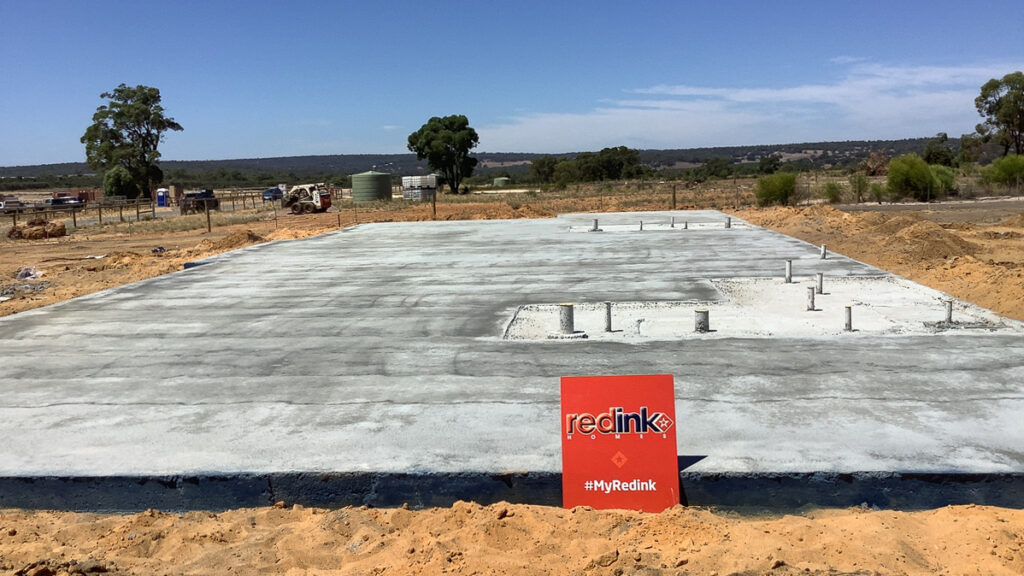
Zoning and planning restrictions
Zoning and planning restrictions for your home build will be impacted by the location and size of your block of land. Different neighbourhoods and councils have their own unique requirements that you need to be aware of. These regulations are related to everything from structural considerations to setback requirements. Typically, your home builder will be well aware of the codes and regulations in different areas and be able to advise you about anything you need to know.
The zoning and planning restrictions are affected by the classifications of your block of land. For example, there are different allowances and limitations for rural blocks of land. Similarly, a subdivision or estate may not have the same flexibility as an independent block. Make sure you get a firm understanding of the type of block you’re working with.
Siteworks requirements
Before you can start building on a block of land, you need to ensure that the area has been properly prepared for a build. Certain blocks of land require more siteworks than others, which means the building process will be delayed. The siteworks process starts with earthworks, which is focused on getting the land on the block prepared for a build by levelling the land, testing the soil and preparing trenches. Earthworks may take longer for blocks of land that have elements like rocks, tree roots, or the remains of a building. Meanwhile, siteworks focus more on things like setting up fencing on the site, delivering the necessary amenities for the construction staff, and checking that everything meets the relevant safety standards.
Redink can help you find the perfect block of land to build on
When you’re choosing a block of land to build on, there’s no shortage of factors to consider. Everything from the size and shape of the block to the soil composition and slope can affect how you will need to approach the build. If you’re looking to avoid some of the hassle involved in finding and choosing a block of land, consider looking at one of our house and land packages. No matter what you’re after, give us a call today and we’ll be happy to give you all the advice you need.

